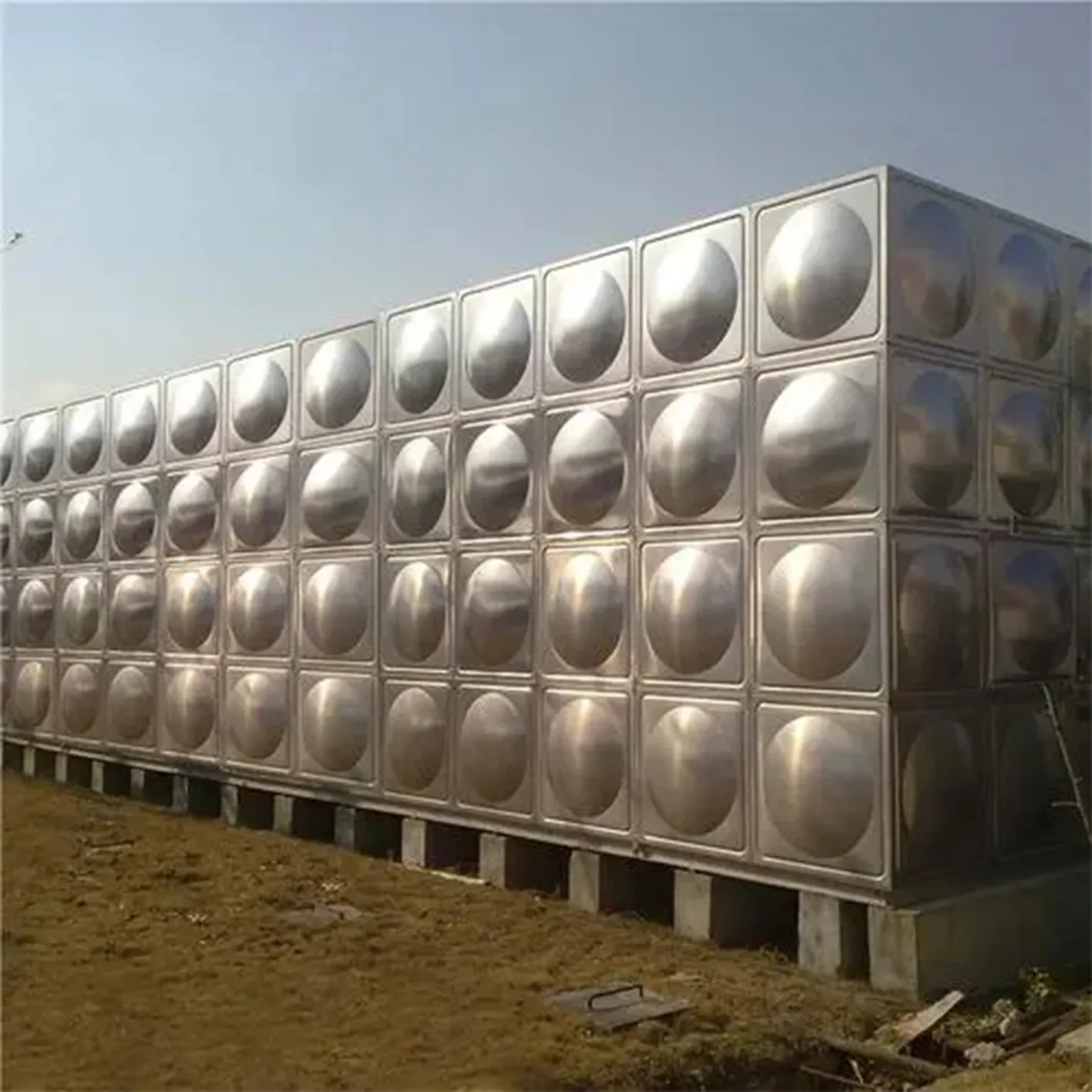loading...
- No. 9, Xingyuan South Street, Dongwaihuan Road, Zaoqiang County, Hengshui, Hebei, China
- admin@zjcomposites.com
- +86 15097380338
- Welcome to visit our website!
frp bridge deck
The Emergence of FRP Bridge Decks A Revolutionary Advancement in Infrastructure
In the realm of civil engineering, the exploration of new materials has led to significant advancements in bridge construction and maintenance. One innovative development is the use of Fiber-Reinforced Polymer (FRP) bridge decks, which have emerged as a viable alternative to traditional concrete and steel bridge decks. This article aims to explore the benefits, applications, and future prospects of FRP bridge decks.
Understanding FRP Material
FRP is a composite material made from a polymer matrix reinforced with fibers, commonly made of glass, carbon, or aramid. The unique properties of FRP, including its high strength-to-weight ratio, corrosion resistance, and design flexibility, make it an attractive option for various engineering applications. This composite material exhibits significant advantages over conventional materials, especially when used in bridge construction.
Advantages of FRP Bridge Decks
1. Lightweight One of the most notable benefits of FRP bridge decks is their lightweight nature. They can reduce the overall dead load of the bridge, which subsequently lowers the requirements for supporting structures and foundations. This feature is particularly advantageous for retrofitting existing bridges or constructing new ones in areas where soil conditions may not support heavy loads.
2. Corrosion Resistance Unlike traditional steel and concrete, FRP materials are naturally resistant to corrosion from environmental factors, such as saltwater and chemicals. This property significantly reduces maintenance costs and prolongs the lifespan of the bridge, especially in harsh environments.
3. Durability FRP bridge decks have excellent fatigue resistance, which allows them to withstand dynamic loads over extended periods without significant degradation. This characteristic is crucial for bridges subjected to constant traffic and environmental stressors.
4. Ease of Installation The lightweight design of FRP decks simplifies transportation and installation processes. They often require less time and fewer labor resources to install, leading to reduced construction times and lower overall project costs.
frp bridge deck

5. Design Flexibility FRP materials can be molded into various shapes and sizes, allowing for innovative designs that can enhance the aesthetic appeal of bridges. This flexibility makes them ideal for modern architectural projects that require unique and visually appealing structures.
Applications and Case Studies
FRP bridge decks have been successfully implemented in various infrastructure projects across the globe. For instance, in the United States, several bridge rehabilitation projects have utilized FRP to extend the life of aging structures. In Europe, innovative pedestrian and cycle paths have been constructed using FRP decks, showcasing their viability in non-traditional applications.
Additionally, countries prone to extreme weather conditions have adopted FRP bridge decks for their resilience against harsh environments. These decks not only provide safety and functionality but also contribute to the sustainability of infrastructure projects by reducing future maintenance needs.
Future Prospects
The growing emphasis on sustainable construction and infrastructure resilience is likely to promote the adoption of FRP bridge decks further. Ongoing research and development in this field aim to enhance the properties of FRP materials, making them even more suitable for extensive use in bridge construction.
As engineering practices continue to evolve and the demand for innovative solutions increases, FRP bridge decks represent a significant step forward in the quest for durable, cost-effective, and environmentally friendly infrastructure options. The future of bridge construction may very well be encapsulated in these advanced materials, paving the way for a new era in civil engineering.
Conclusion
From their remarkable strength and durability to their sustainable and lightweight design, FRP bridge decks are reshaping the landscape of bridge construction. As engineers and architects continue to explore these materials, we can expect to see even more creative and practical uses of FRP in the infrastructure of tomorrow, ensuring safer and more resilient networks for future generations.
-
The Rise of FRP Profiles: Strong, Lightweight, and Built to LastNewsJul.14,2025
-
SMC Panel Tanks: A Modern Water Storage Solution for All EnvironmentsNewsJul.14,2025
-
GRP Grating: A Modern Solution for Safe and Durable Access SystemsNewsJul.14,2025
-
Galvanized Steel Water Tanks: Durable, Reliable, and Ready for UseNewsJul.14,2025
-
FRP Mini Mesh Grating: The Safer, Smarter Flooring SolutionNewsJul.14,2025
-
Exploring FRP Vessels: Durable Solutions for Modern Fluid HandlingNewsJul.14,2025
-
GRP Structures: The Future of Lightweight, High-Performance EngineeringNewsJun.20,2025
